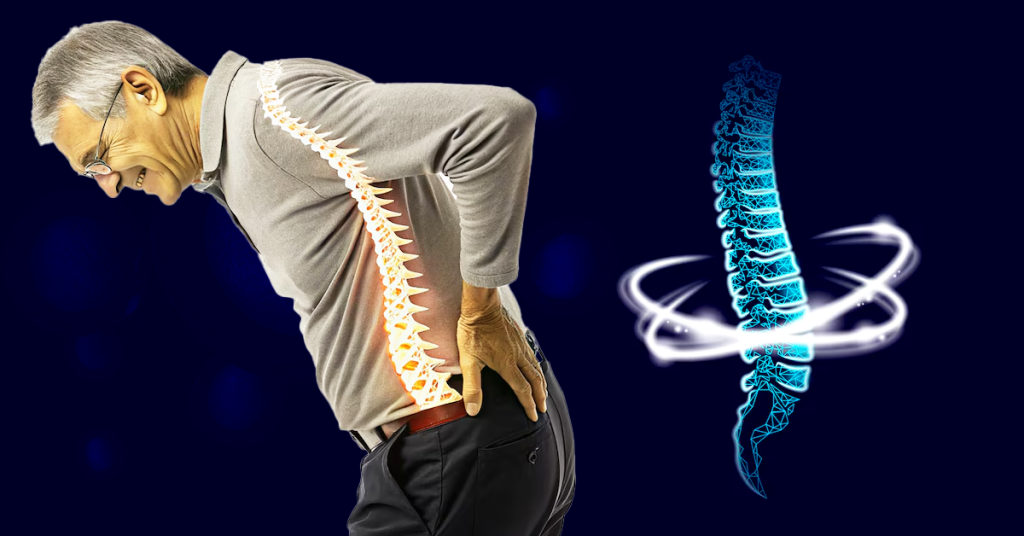What Is Spinal Cord Regeneration?
Definition and Overview
Spinal cord regeneration refers to the process of restoring function to damaged spinal cord tissue by encouraging the growth of new nerve cells, repairing existing ones, or replacing them entirely. Unlike the peripheral nervous system, which has some ability to heal after injury, the spinal cord within the central nervous system (CNS) faces significant challenges when it comes to natural regeneration.
This limitation has led researchers to explore innovative therapies—ranging from stem cell treatments to bioengineered implants—that aim to rewire lost connections between the brain and body. These approaches seek not just to manage symptoms, but to restore mobility, sensation, and autonomy to those affected by spinal cord injuries.
Difference Between Repair and Regeneration
While both terms sound similar, repair and regeneration are fundamentally different. Repair typically refers to stabilizing the injury site—such as reducing inflammation, preventing further damage, or surgically aligning vertebrae. It focuses on preserving whatever function remains.
Regeneration, however, goes a step further. It’s about restoring the spinal cord’s ability to function as it did before the injury. This involves the actual rebuilding or replacement of damaged nerve tissues, reconnecting disrupted neural pathways, and reviving communication between the brain and body—a goal once thought impossible, but now slowly becoming reality thanks to advances in regenerative medicine.

